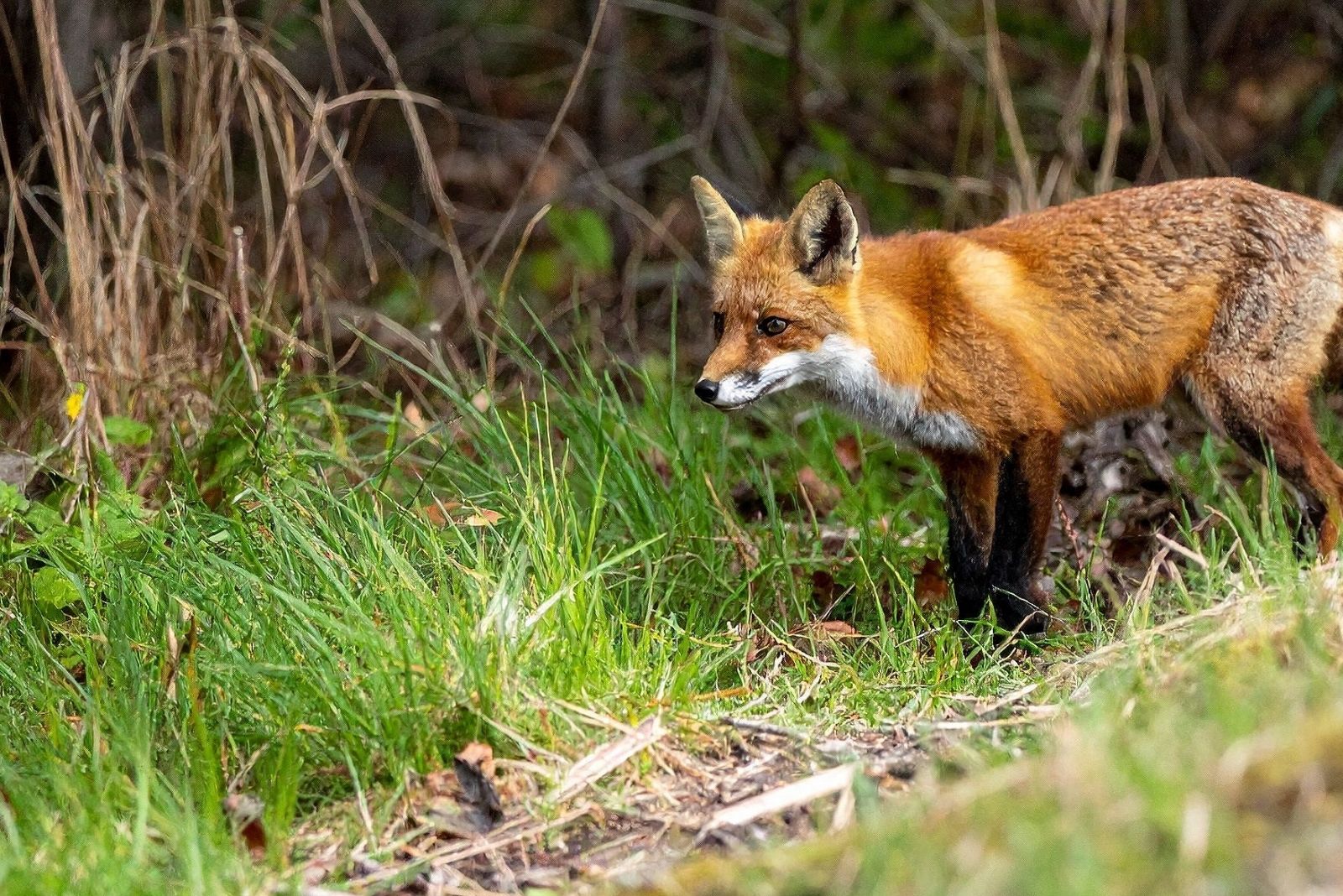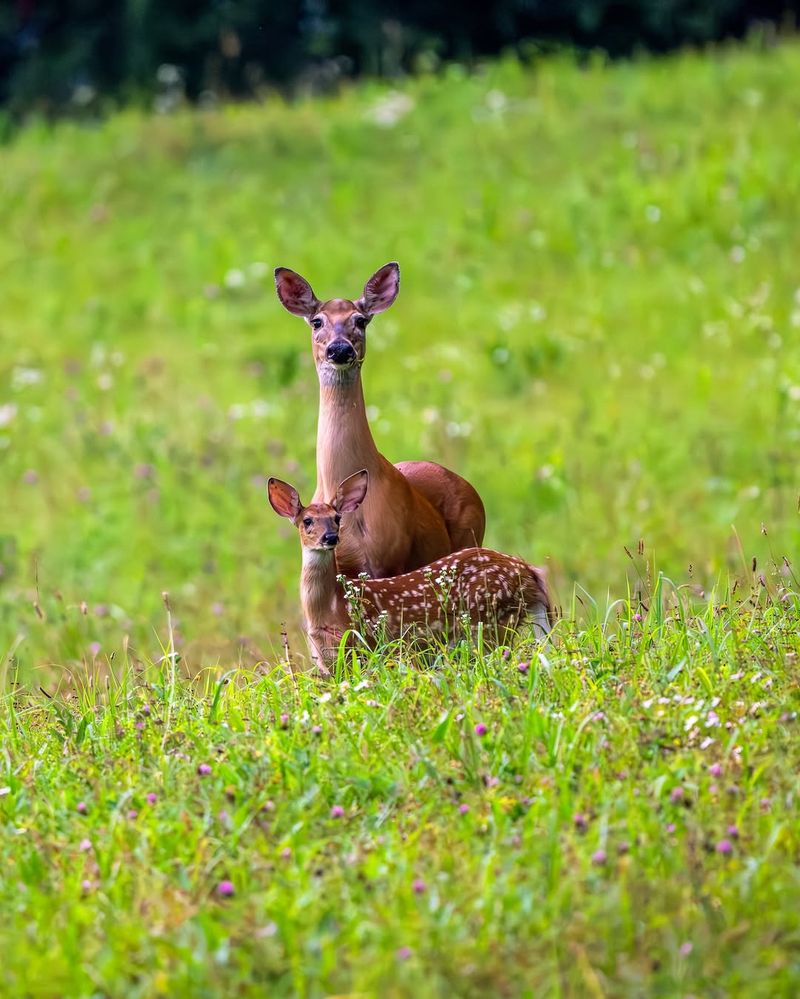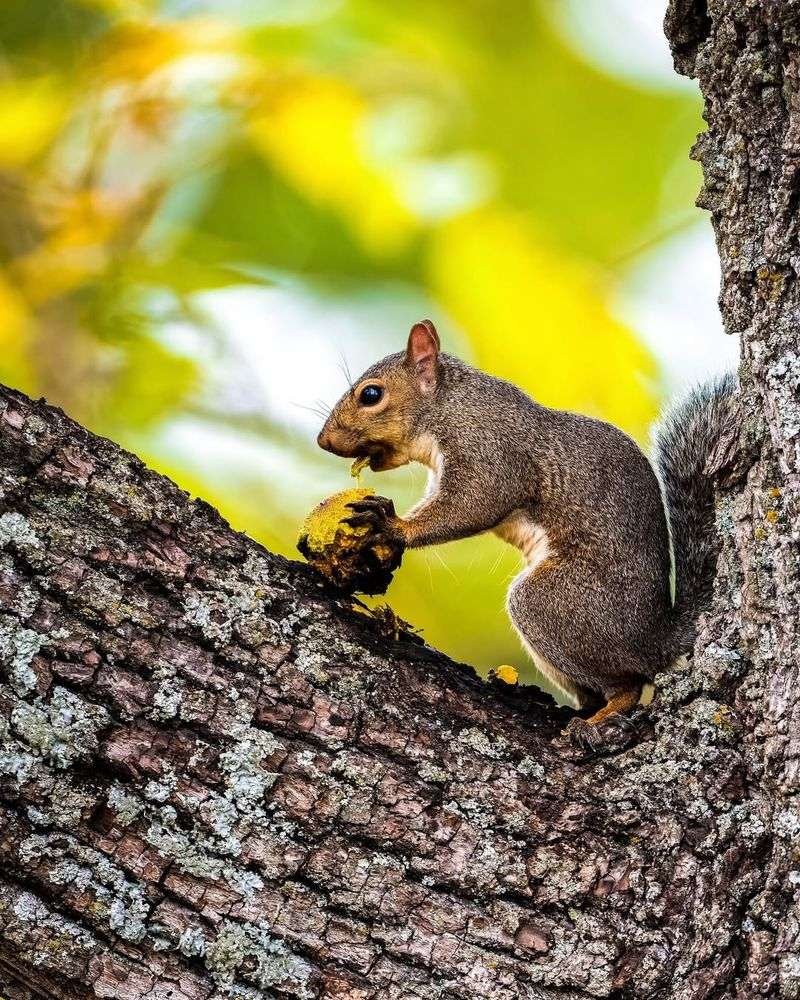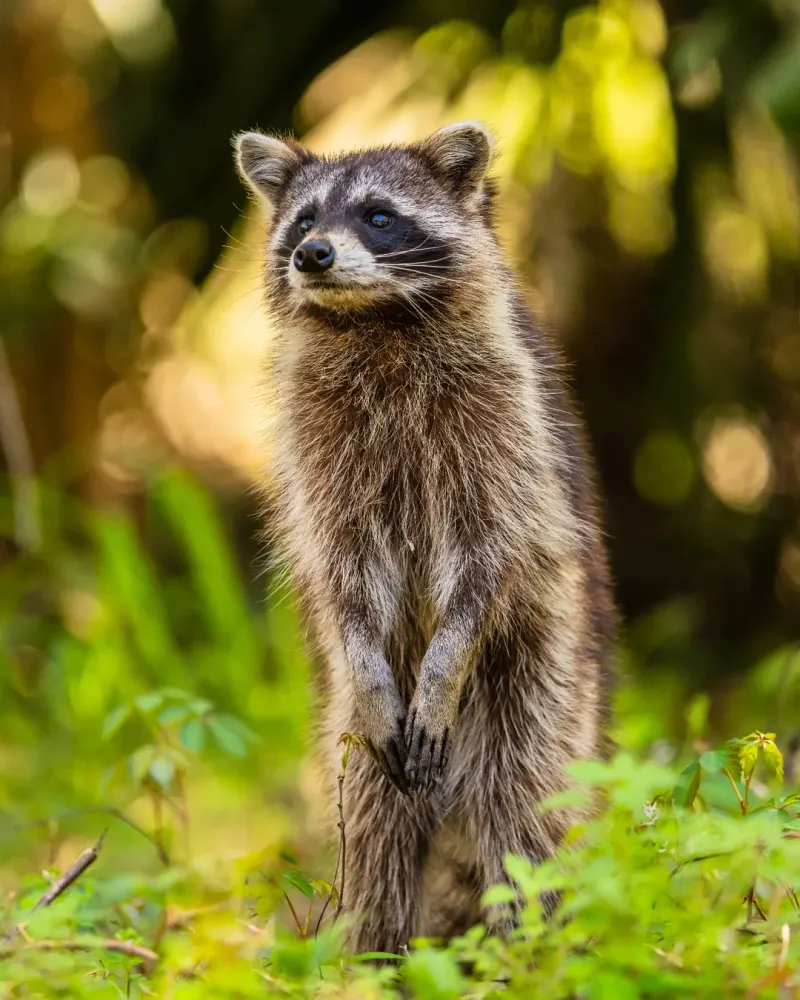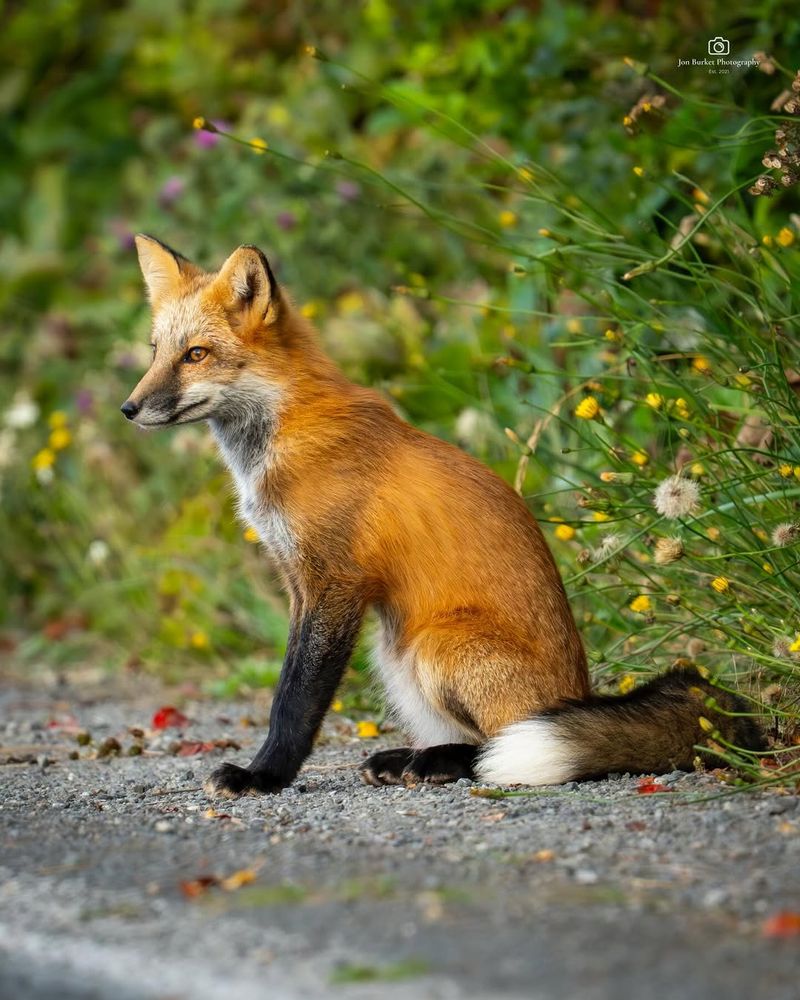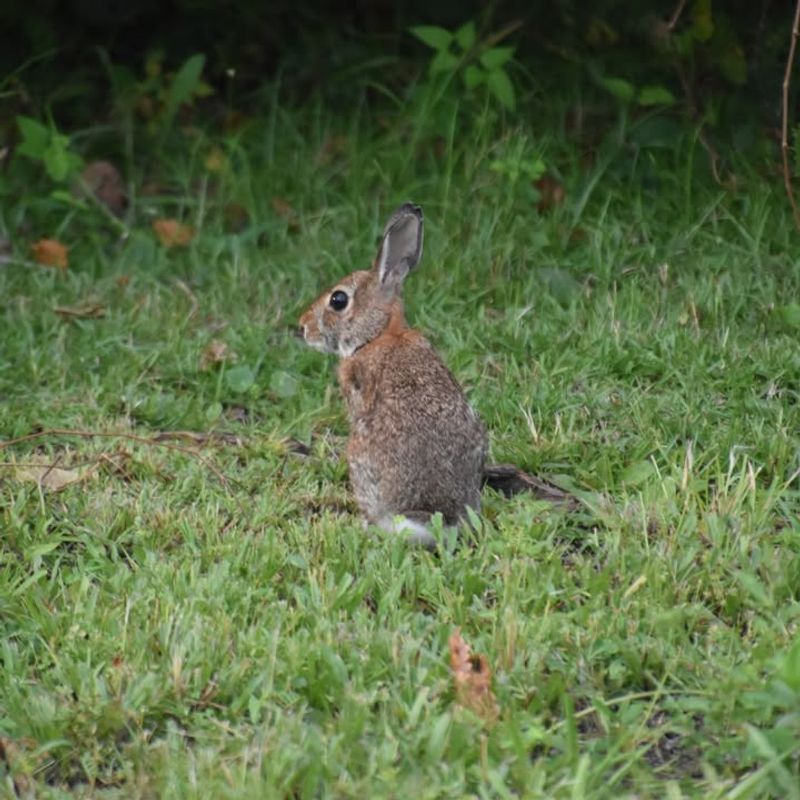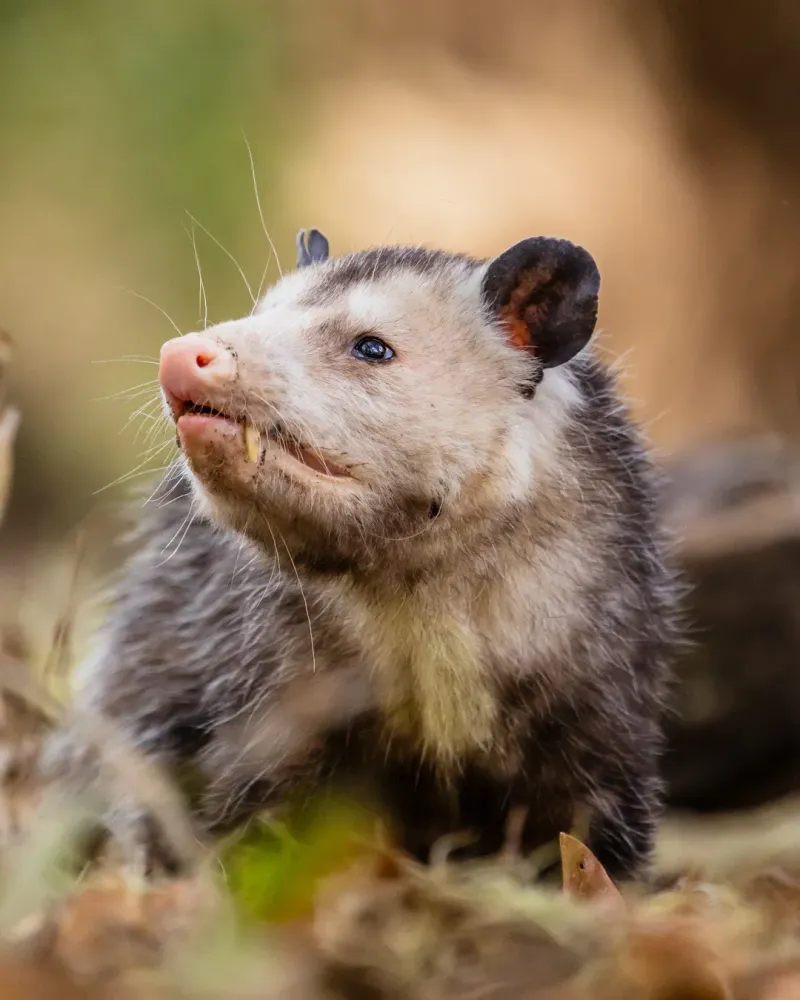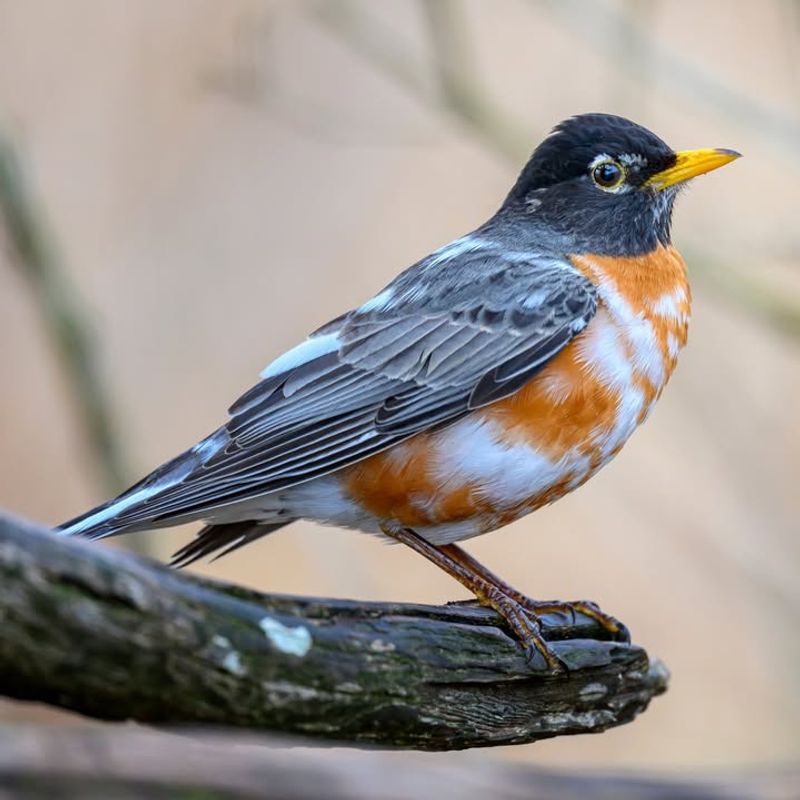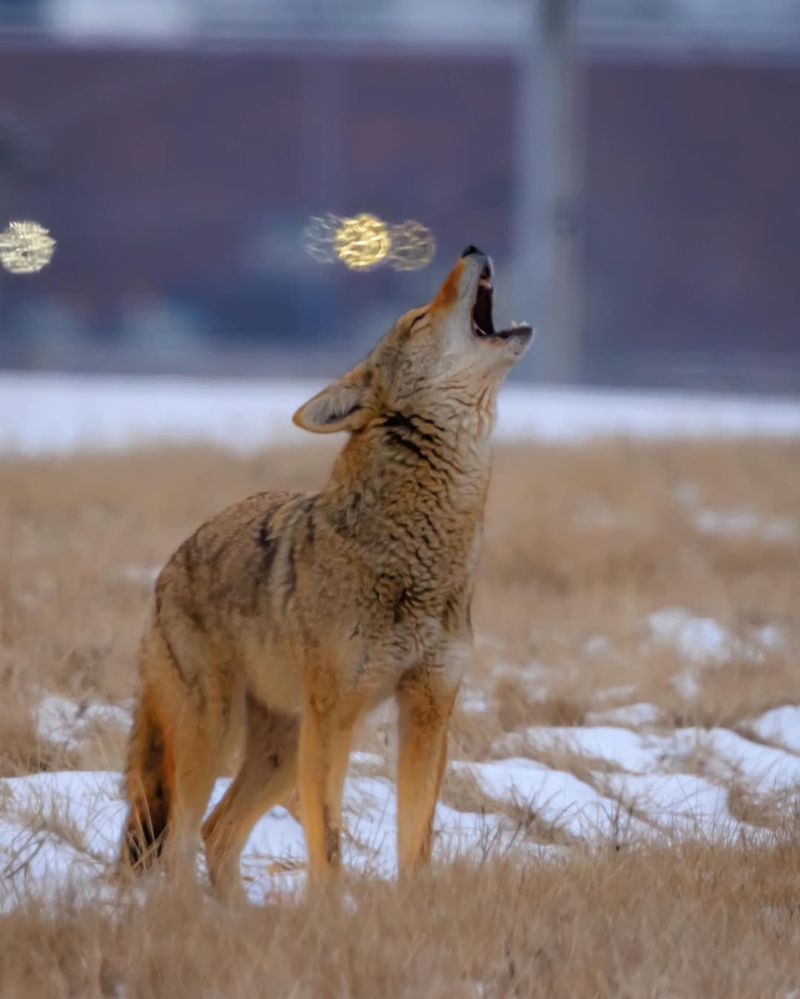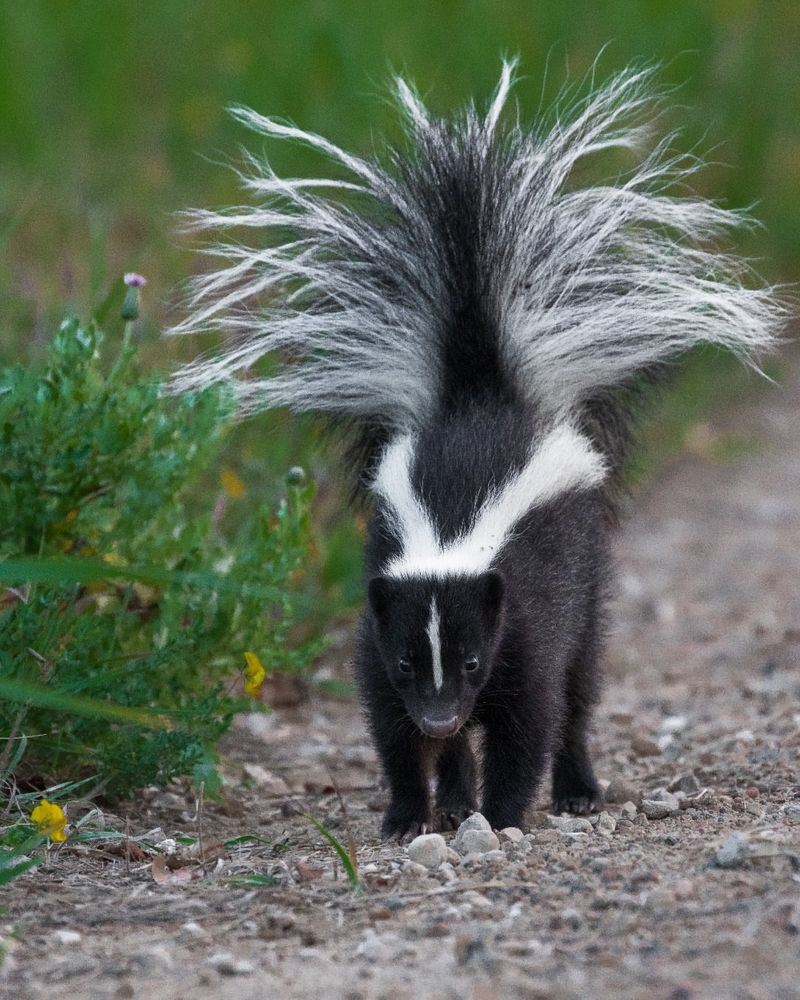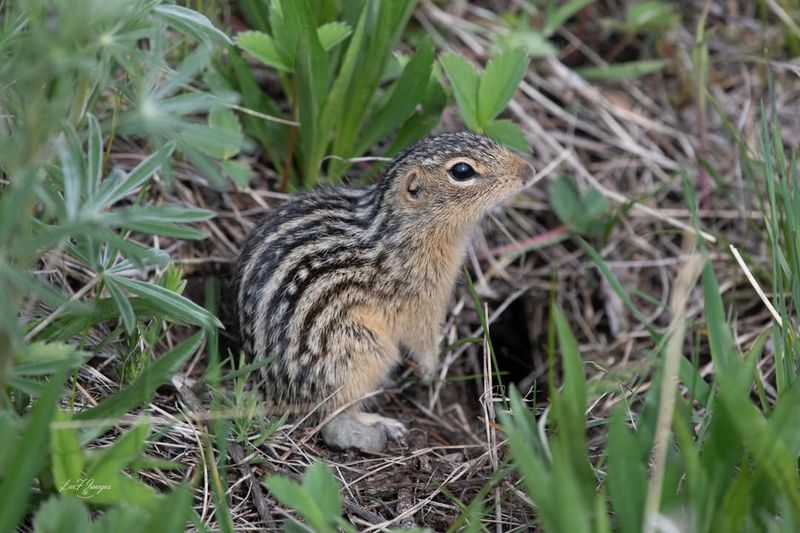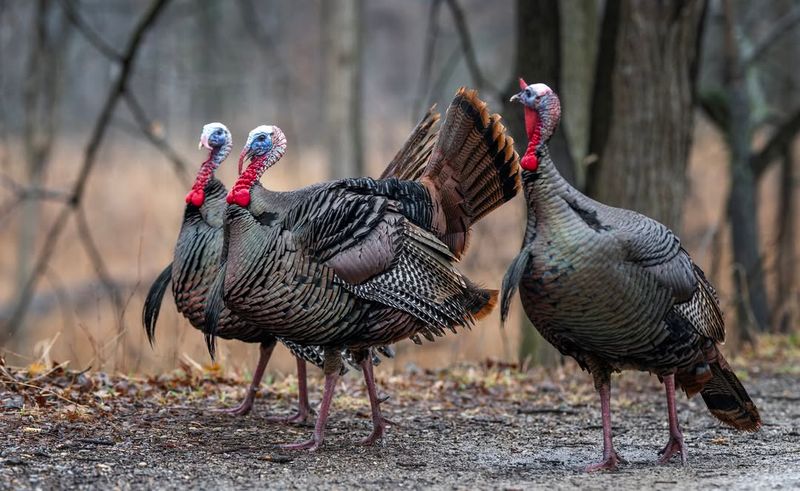In Wisconsin cities, backyards aren’t just home to vegetable patches and flower beds — they’re also surprisingly active with wildlife. From my own experience living here, I’ve spotted more than a few unexpected visitors sneaking through my garden at dusk.
Urban areas across the state have become safe havens for animals that have learned to adapt, forage, and even raise their young among our tomato plants and bird feeders. This article covers 11 wild animals thriving right now in Wisconsin backyards, and chances are, you’ve already crossed paths with at least a few of them.
1. White-Tailed Deer
Spotting one grazing near your hostas at dawn is more common than you might think. In my Wisconsin backyard, I’ve noticed they prefer tender shoots and young garden plants, especially in spring.
They can clear a row of beans overnight if your yard isn’t fenced. Their adaptability to city life means they’ve lost much of their natural fear of humans.
Planting deer-resistant herbs like lavender or using motion-activated sprinklers can help protect your vegetables without harming these graceful visitors.
2. Eastern Gray Squirrel
Few animals are as persistent around bird feeders and nut-bearing trees. For me, the surprise came when I found one had chewed through a plastic bin to reach sunflower seeds stored in my garage.
They’re expert climbers and will raid tomato plants if they’re thirsty during dry spells. Squirrels also bury acorns throughout lawns, which sometimes sprout into oak seedlings by the following spring.
Using squirrel baffles on feeders and keeping compost bins sealed helps manage their curiosity around your garden space.
3. Raccoon
Nighttime raids on garbage cans and compost piles are their specialty. Raccoons have nimble paws that can open latches, flip lids, and even unscrew jars left outside.
In Wisconsin cities, they’ve become bold enough to nest in attics, garages, or under porches. From my own experience, these little visitors don’t always stay away from the veggie patch — they’ll sample sweet corn and melons if given the chance.
Securing trash with bungee cords and removing fallen fruit promptly discourages them from treating your yard like an all-night buffet.
4. Red Fox
Seeing one trot across your lawn at dusk feels almost magical. Red foxes hunt mice, voles, and rabbits, which makes them helpful for controlling garden pests naturally.
They’re surprisingly quiet and tend to avoid direct contact with people. In my yard, I’ve watched them pause near the compost heap, likely searching for rodents attracted to food scraps.
Keeping your grass trimmed and removing brush piles reduces cover for prey animals, which in turn makes your property less appealing to foxes looking for an easy meal.
5. Eastern Cottontail Rabbit
Garden greens and young carrot tops are irresistible to these hoppers. I’ve lost entire rows of lettuce in a single night when rabbits discovered an opening under my garden fence.
They nest in shallow depressions lined with fur and grass, often hidden beneath shrubs or dense groundcover. Wisconsin’s mild summers provide plenty of clover and dandelions, their favorite snacks besides your prized vegetables.
Installing low fencing with buried edges and using chicken wire around tender plants keeps them from turning your garden into their personal salad bar.
6. Opossum
Often mistaken for oversized rats, opossums are actually North America’s only marsupial. They eat ticks, fallen fruit, and insects, making them surprisingly helpful around gardens.
In Wisconsin backyards, they tend to wander through after dark, sniffing around compost bins and pet food bowls left outside. I’ve found them surprisingly gentle — they prefer to waddle away rather than confront anyone.
Keeping outdoor pet dishes empty overnight and securing compost will prevent them from lingering, though their pest-control benefits might make you reconsider shooing them off entirely.
7. American Robin
Their cheerful song often signals the arrival of spring across Wisconsin. Robins hunt earthworms by hopping across lawns, tilting their heads to listen for movement beneath the soil.
They build cup-shaped nests in shrubs, trees, or even porch rafters if the spot feels safe. From my own experience, they’re fearless defenders of their nests and will dive-bomb anyone who gets too close during nesting season.
Planting berry-producing shrubs like serviceberry provides natural food sources, and leaving a shallow birdbath encourages them to visit your garden regularly throughout the warmer months.
8. Coyote
Urban coyotes are more common in Wisconsin cities than most people realize. They hunt rodents, rabbits, and sometimes raid unsecured garbage, helping control populations of smaller pests naturally.
In my neighborhood, I’ve heard their yips and howls late at night, especially during breeding season in late winter. They’re typically wary of humans and will avoid confrontation if given space.
Bringing pets indoors after dark and removing attractants like fallen fruit or open compost reduces the chance of close encounters with these adaptable predators around your property.
9. Striped Skunk
Known for their defensive spray, skunks are actually quite docile if left undisturbed. They dig small cone-shaped holes in lawns while hunting grubs, beetles, and other soil-dwelling insects.
In Wisconsin backyards, they often den under decks, sheds, or porches during colder months. For me, the telltale sign of their presence is always those neat little divots scattered across the grass each morning.
Treating your lawn for grubs reduces their food supply, and sealing gaps under structures with hardware cloth prevents them from setting up permanent residence beneath your favorite garden shed.
10. Thirteen-Lined Ground Squirrel
Often called gophers by locals, these small squirrels have distinctive stripes running down their backs. They dig burrow systems in lawns, gardens, and along fence lines, which can create tripping hazards or damage plant roots.
In Wisconsin cities, they prefer open grassy areas where they can spot predators easily. I’ve watched them stand upright like tiny sentinels, scanning the yard before darting back underground.
Filling burrow entrances and keeping grass short makes your yard less attractive to them, though their insect-eating habits do provide some benefit to garden health overall.
11. Wild Turkey
Seeing a flock strut through your yard is both amusing and slightly intimidating. Wild turkeys scratch up mulch, peck at seeds, and forage for insects, often leaving gardens looking freshly tilled.
In Wisconsin cities, they’ve adapted remarkably well, nesting in wooded edges and venturing into residential areas during the day. From my own observations, they’re bold birds that don’t scatter easily when approached.
Covering freshly planted seeds with netting and using scare tactics like wind chimes can deter them from treating your garden beds like their personal buffet each morning.

